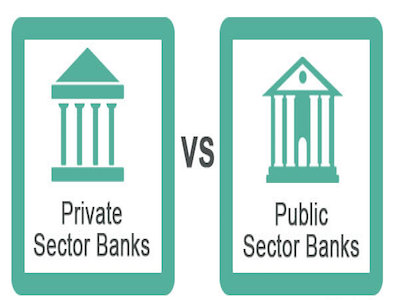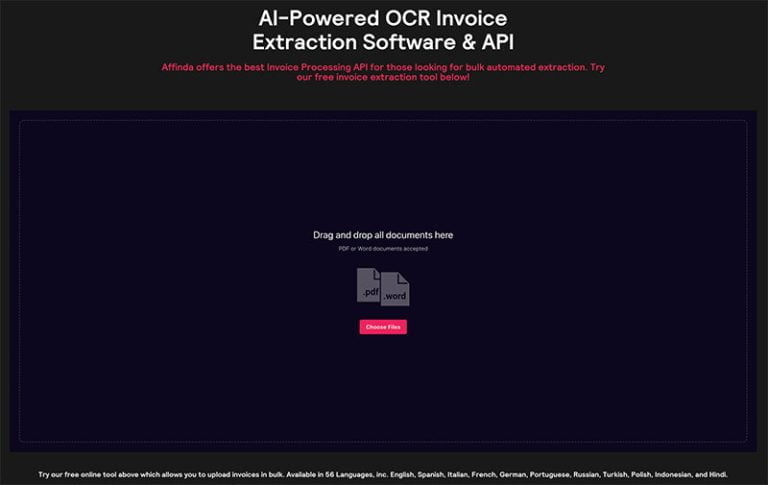
Overview of the Banking Sector
Table of Contents
The banking sector in India plays a quintessential role in the GDP growth of our country.
The stability of the banking sector of any economy holds great importance in the economic development of the economy. The same holds for the Indian economy.
The Indian Banking System Comprises:
- Reserve Bank of India
It is the central bank of India. It acts as the banker to the government. And Bankers bank. It defines the monetary policy and the framework on which the financial system works. It is also an Issuer of the currency.
- Public sector banks
Currently, there are 12 public sector banks in India. Public sector banks are banks with more than 50% of ownership in the hands of the government. As the government is the majority shareholder in public sector banks, these banks enjoy a broader customer base in India. According to the consolidated balance sheet of scheduled banks, 59.9 percent of the total assets of the scheduled commercial banks pertain to public sector banks as of March 31, 2021.
- Private sector banks
After the liberalization in 1991, a large no. of private sector banks came into existence. Currently, there are 21 private sector banks. Unlike public sector banks, these banks are not owned by the government but by individuals or private corporations. According to the consolidated balance sheet of scheduled banks, 32.8 percent of the total assets of the scheduled commercial banks pertain to private sector banks as of March 31, 2021.
- Foreign banks
Banks that operate in India, however, whose headquarters are located out of India are called foreign banks. As of now, there are 46 foreign banks in India. According to the consolidated balance sheet of scheduled banks, 6.5 percent of the total assets of the scheduled commercial banks pertain to foreign banks as of March 31, 2021.
- Regional Rural Banks
Regional rural banks are government-owned banks that function at the regional level in different states of India. Currently, there are 56 regional rural banks in India.
Also Read: Top 5 Nationalized Bank Loan Options For Women Entrepreneurs
Public Sector Bank vs Private Sector Bank
- The Government of India is the majority shareholder in the public sector banks of India. While in private sector banks the ownership rests with private players.
- Public sector banks may have a large customer base due to government ownership. However, private sector banks are way ahead in terms of customer service when compared with public sector banks. Customers of public sector banks still complain about the long queues and slow transaction processing systems applied by public sector banks.
- Even the online facilities provided by public sector banks have issues like, they are often under maintenance, accounting to be the major reason that a large no. of the customer base is shifting to private sector banks.
- Private sector banks are coming with a range of corporate offers and are increasing their customer base by opening zero balance salary accounts for private-sector employees.
- Private sector banks are gaining market share by offering faster processing, robust systems, and the latest technology. While public sector banks are trying to improve, they have not been able to match the developments happening in the private sector.
Also Read: Factors That Contributed To The Development Of NBFCs In India
Functions of commercial banks in India
- The first and foremost primary function of a bank is accepting deposits from the public.
- Another primary function of commercial banks is lending money to the public.
- Apart from their primary functions of accepting deposits and lending money, commercial banks undertake the safe custody of valuables.
- They issue a letter of credit.
- These days large no. of private banks have started offering Investment planning services.
- Overdraft facilities.
Now we have understood the banking structure of commercial banks, the difference between private and public sector banks, and the functions of commercial banks in India. Now, let us look at the top 5 banks in India.
Also Read: Tips For Safe Net Banking For SMEs
Top 5 banks in India
- HDFC Bank – Incorporated in 1994 and headquartered in Mumbai, Maharashtra. Hdfc bank started its operations in January 1995. Currently, it is one of the leading private sector banks, with 6000+ branches and 18000+ ATMs has its presence in 3000+ cities. In terms of Market Capitalization, HDFC Bank is the leader with a market capitalization amounting to Rs. 6,17,499 crores.
- State Bank of India – The largest public sector bank in India. It is headquartered in Mumbai, Maharashtra, and occupies the highest market share in the banking industry. It caters to over 45 crore customers from 22000+ branches, 62000+ ATMs, and 71000+ BC outlets. Currently, its market capitalization is Rs. 2,60,331 crores.
- ICICI Bank – One of the leading private sector banks, with a market capitalization of 2,66,974 crore. Currently, the ICICI bank has 5,400+ branches and 13,500+ ATMs across India.
- Kotak Mahindra Bank – Incorporated in 2003 and with a market capitalization of 2,83,464 crores and a network of 1500+ branches and 2300+ ATMs, across India, and ranks among the top private banks in India.
- Axis Bank – The Axis Bank started its operations in 1994 and is headquartered in Mumbai, Maharashtra. The market capitalization of Axis Bank rests at 1,76,669 crores. With a network of 4750+ branches and 10900+ ATMs, distributed across the country. Axis bank ranks among the top 4 private sector banks and the top 5 commercial banks currently operating in India.
Also Read: Lines of Credit: Online Lenders Vs Traditional Banks
Conclusion
As we can observe, among the top 5 banks in India, only one public sector bank has achieved its spot, while four banks in the top are from the private sector. It confirms the shift in the paradigm from public sector banks to private sector banks.
Although, the public sector banks have a large customer base due to the reliability factor that comes in from the government ownership of the banks.
Private sector banks are also cashing in on their technological advancement and providing fast services for growing their market share and popularity among consumers, especially when it comes to the urban population.






